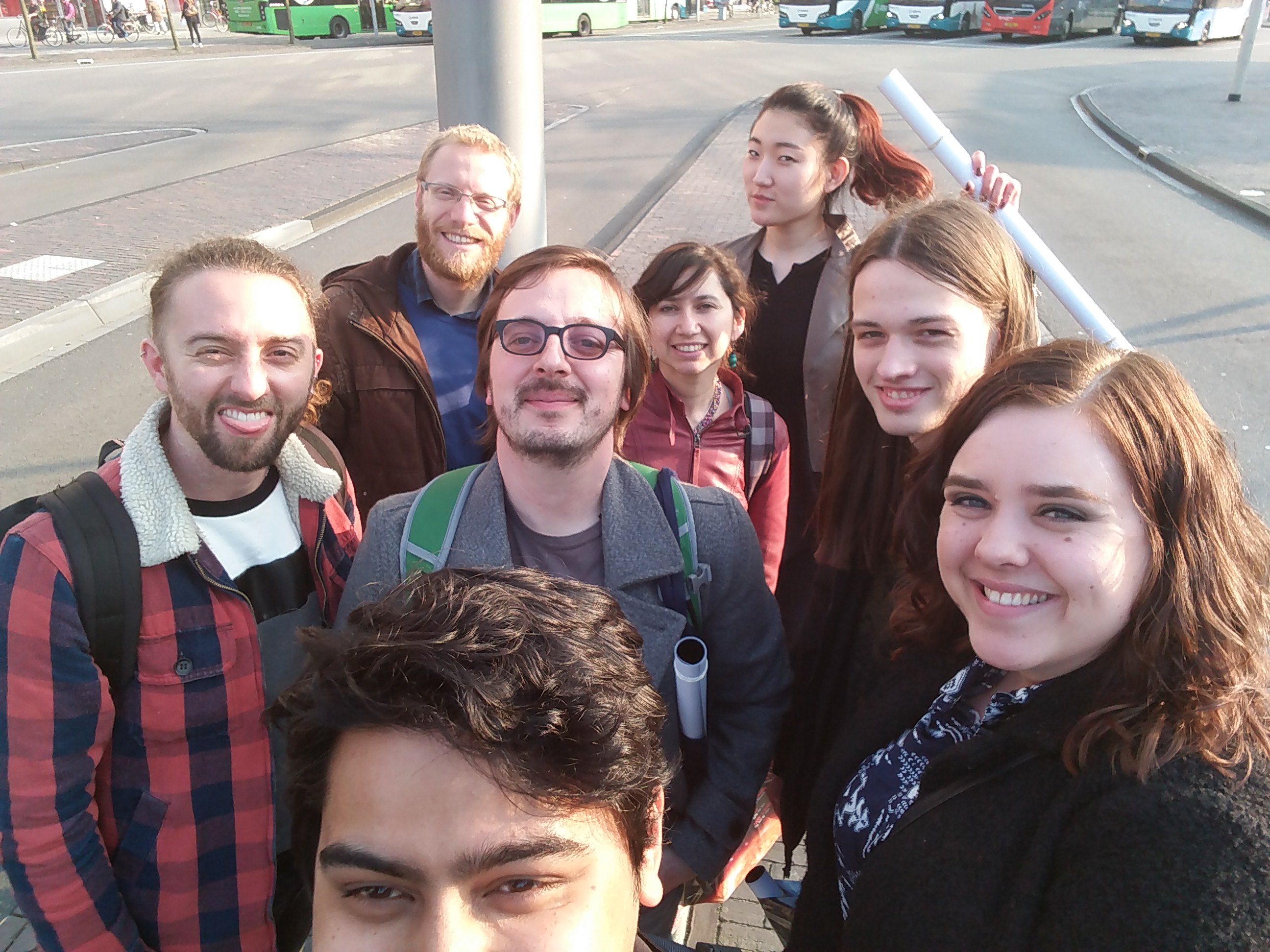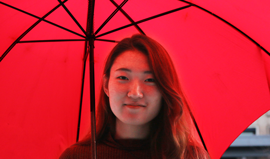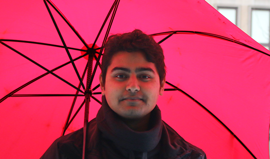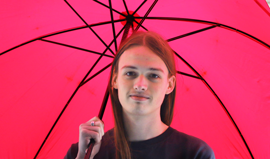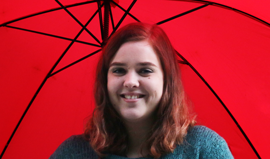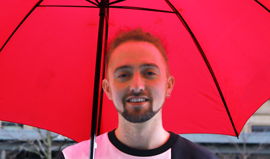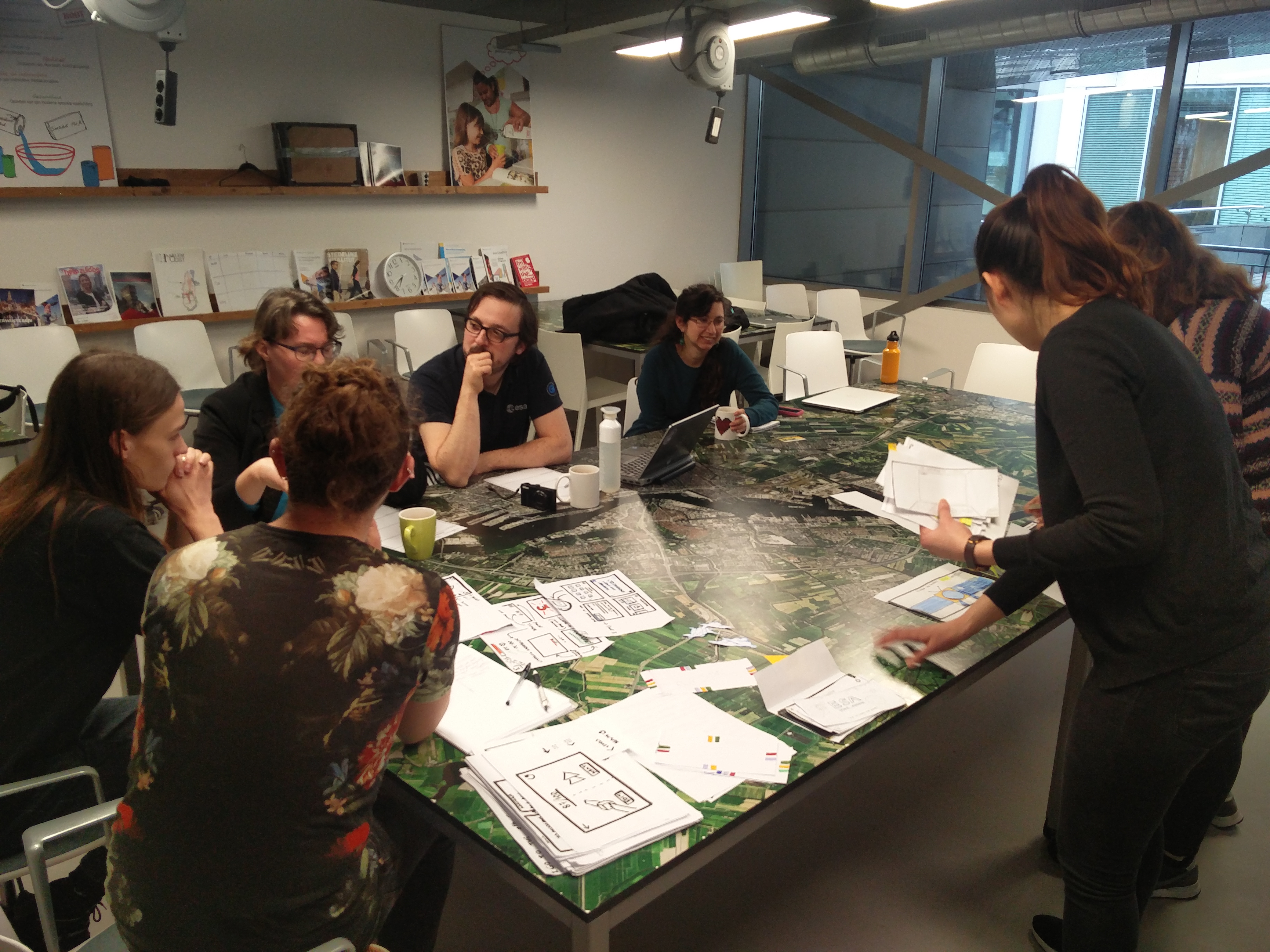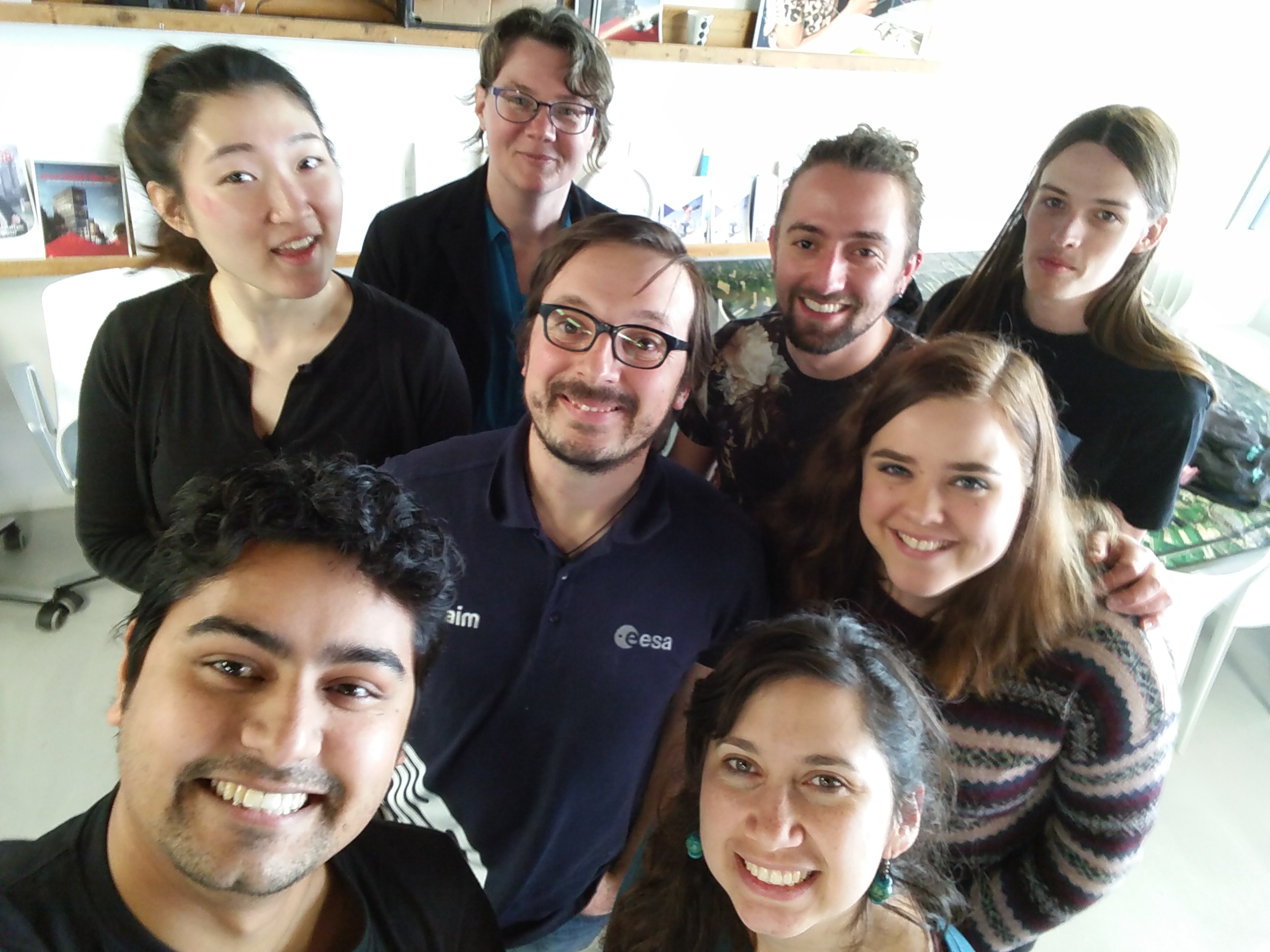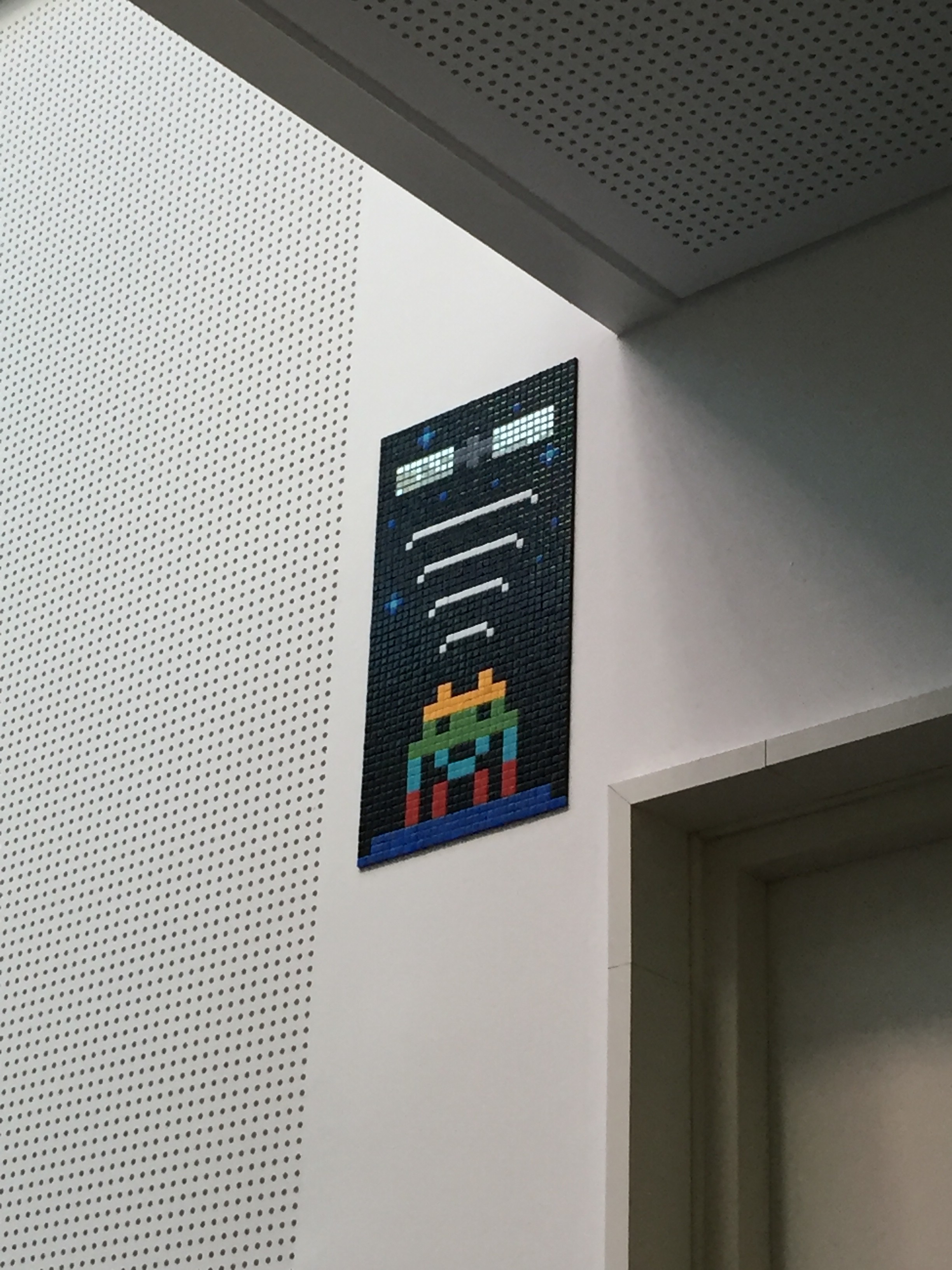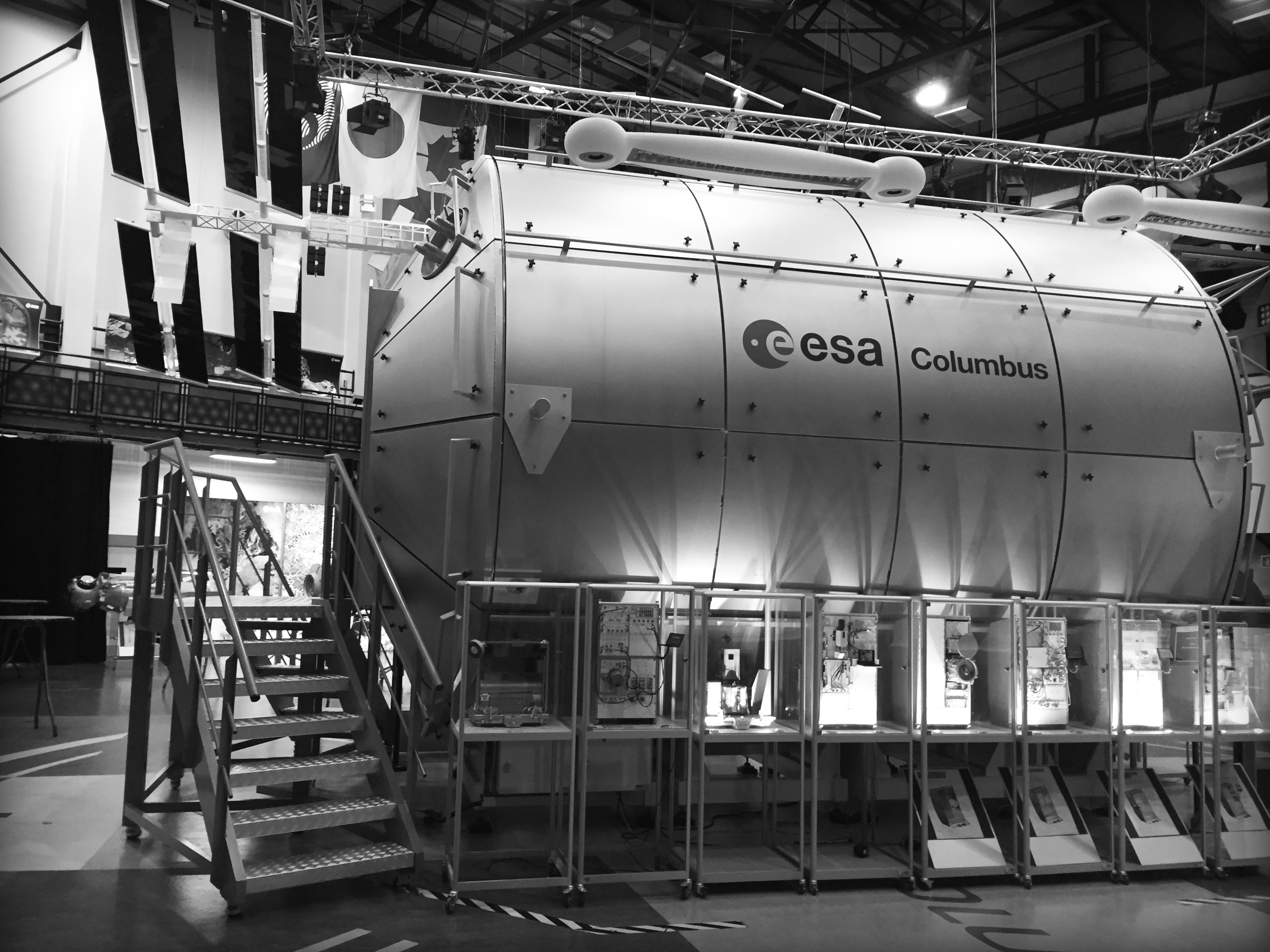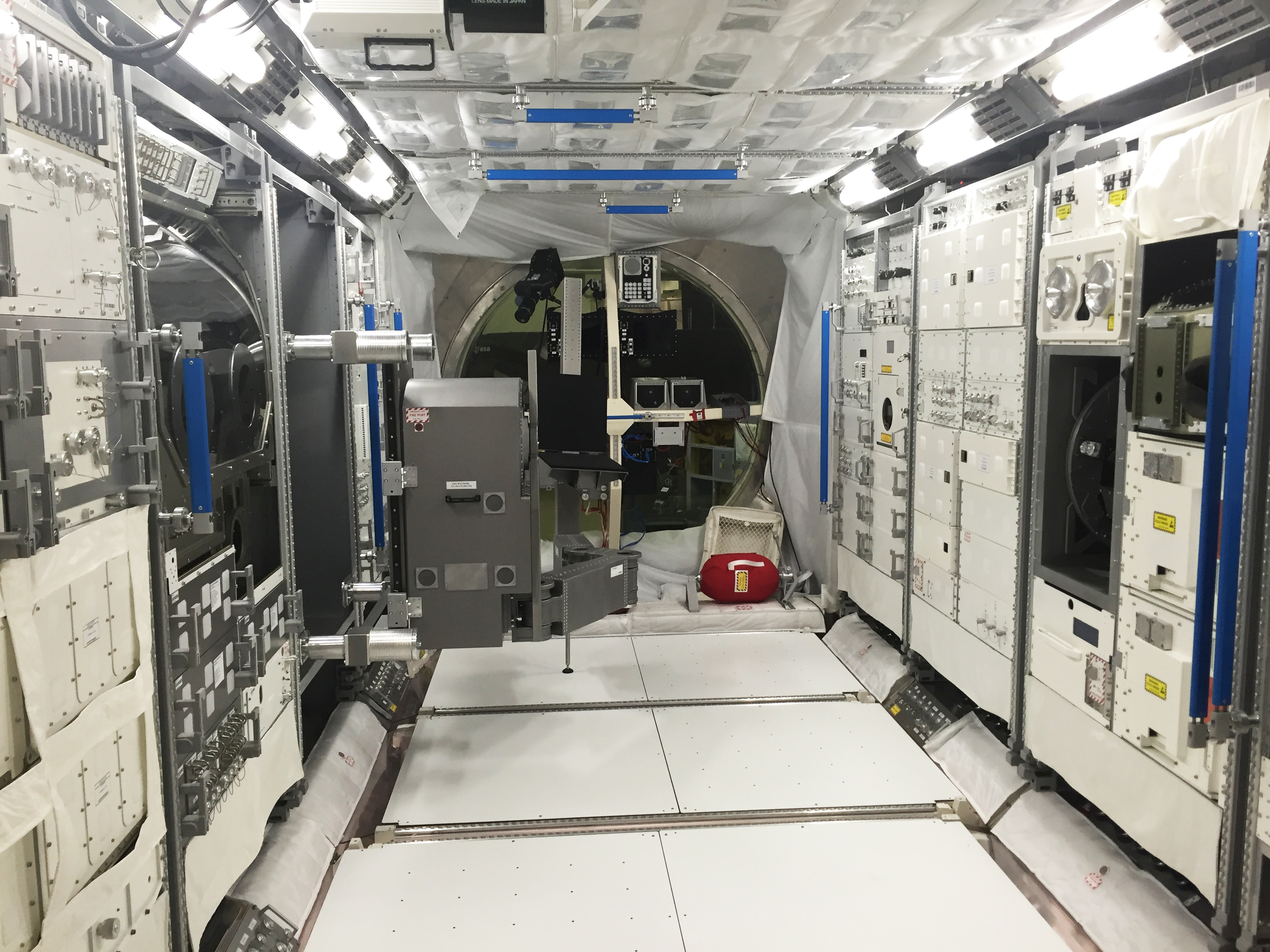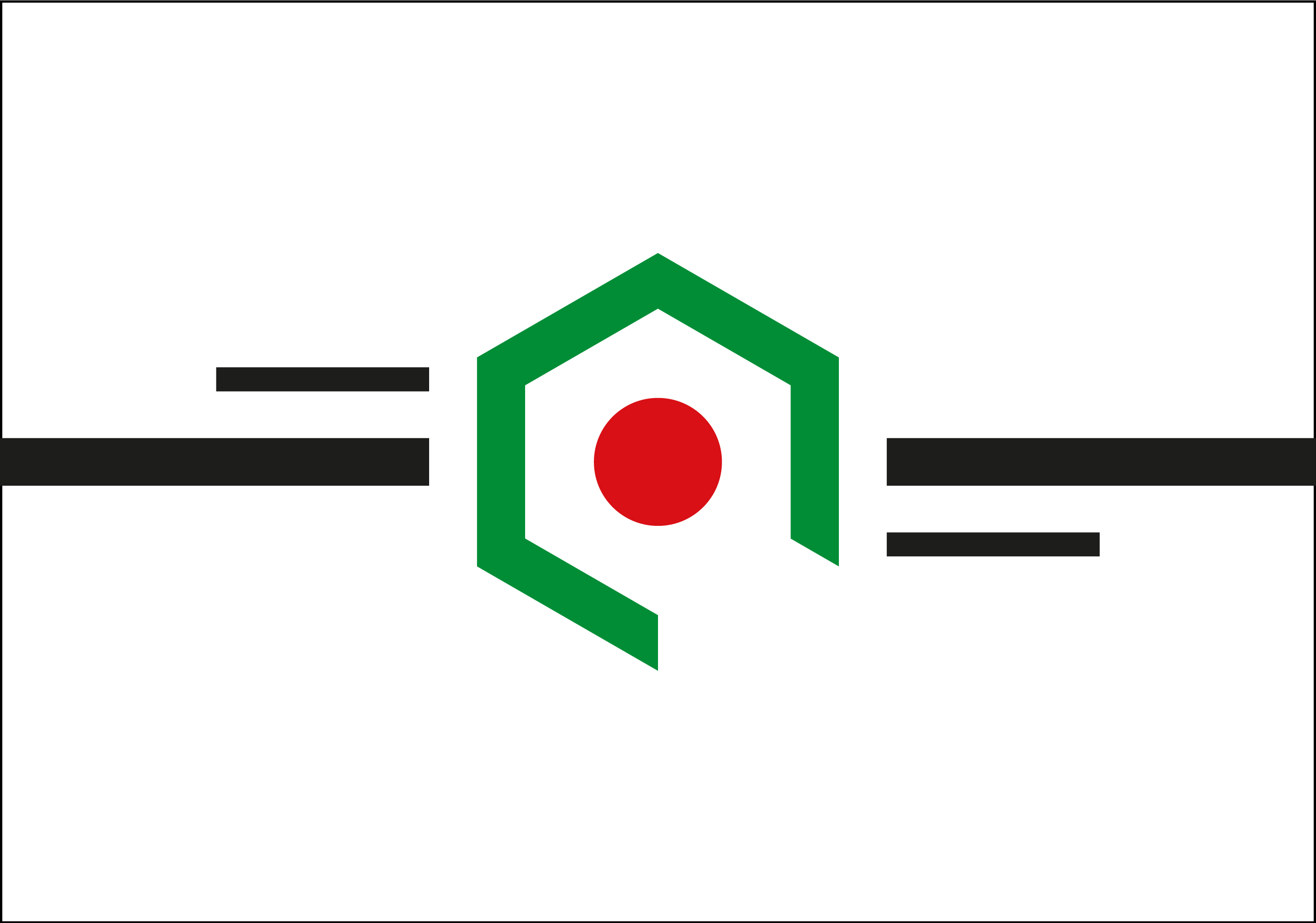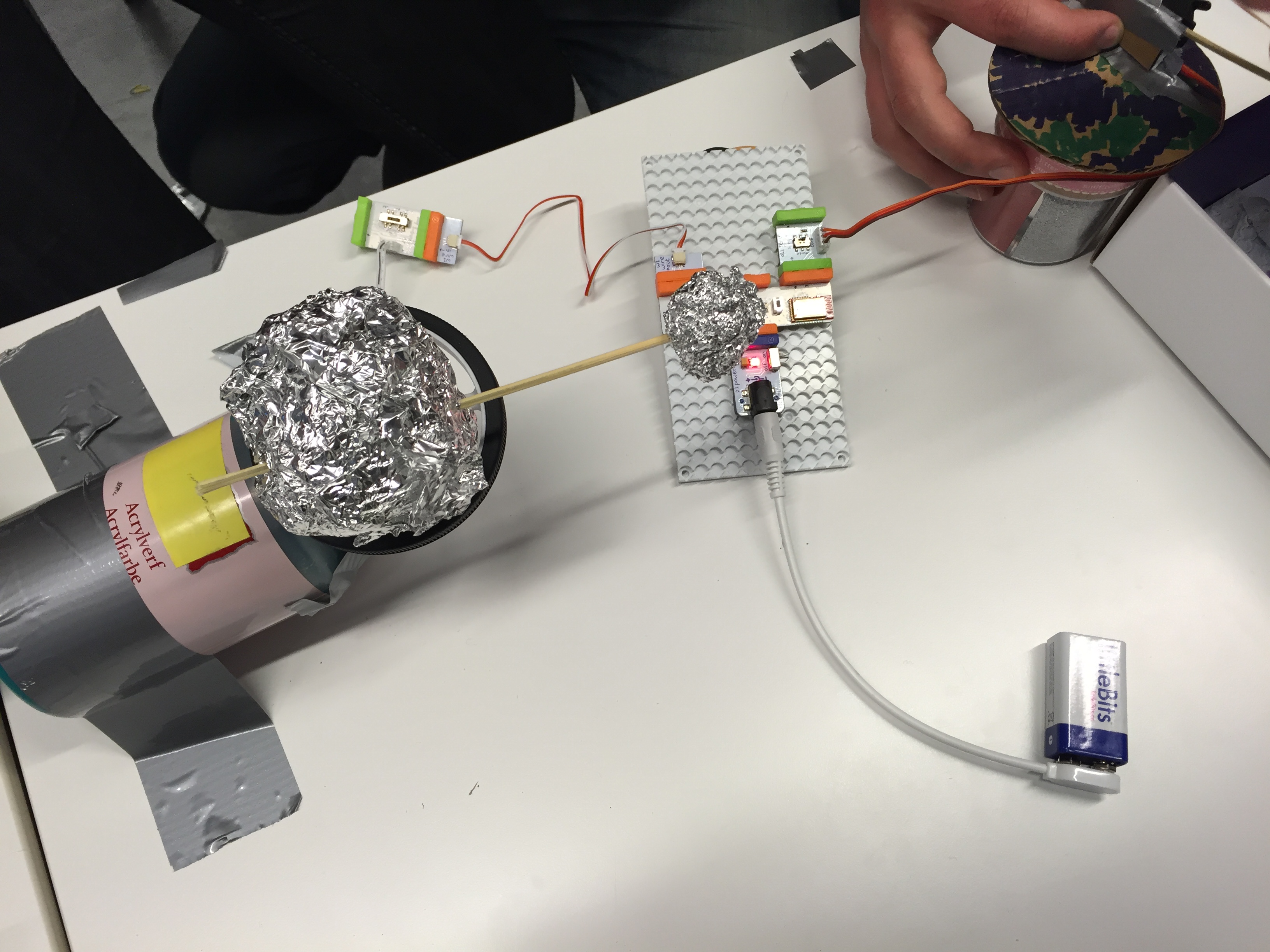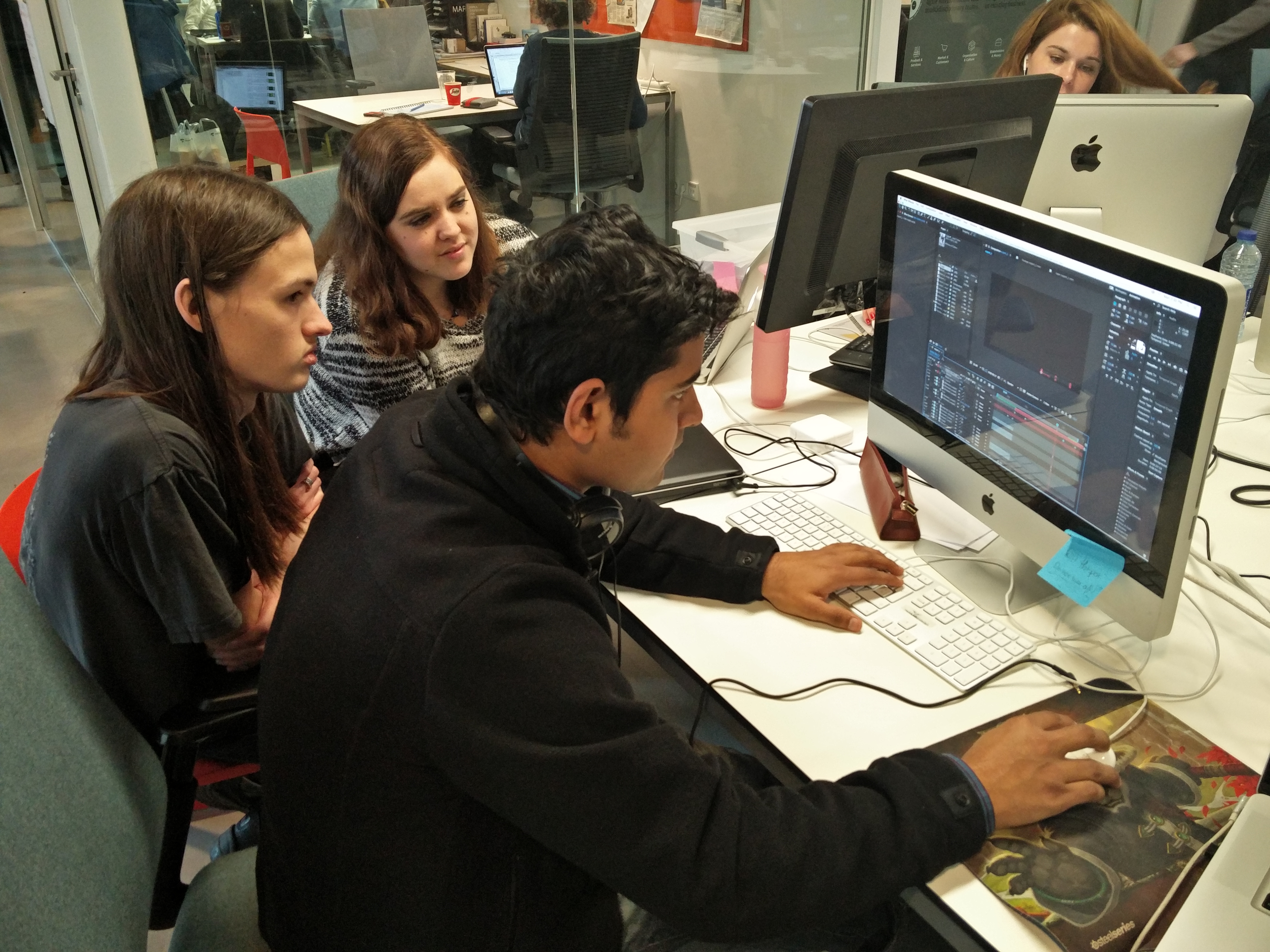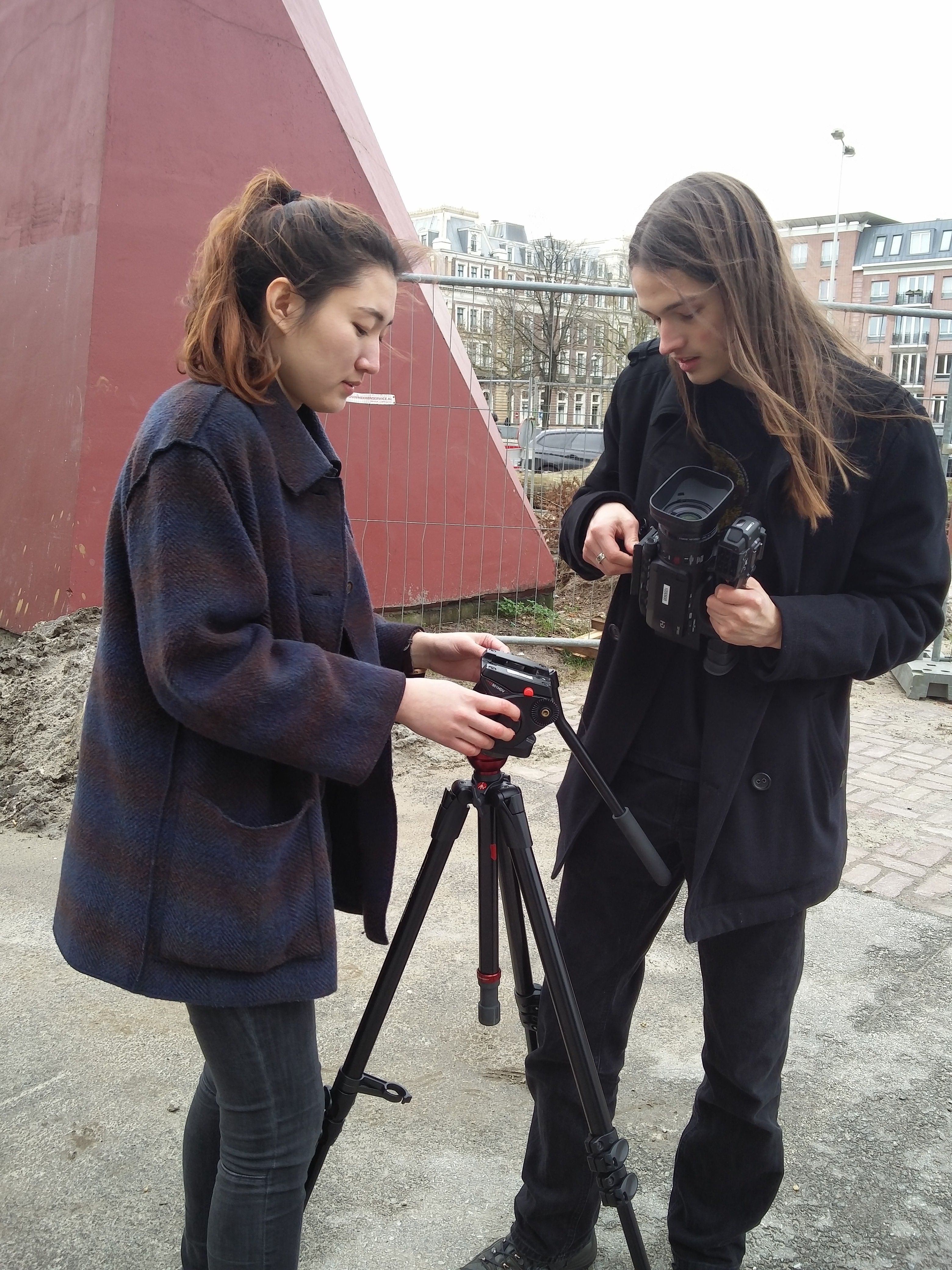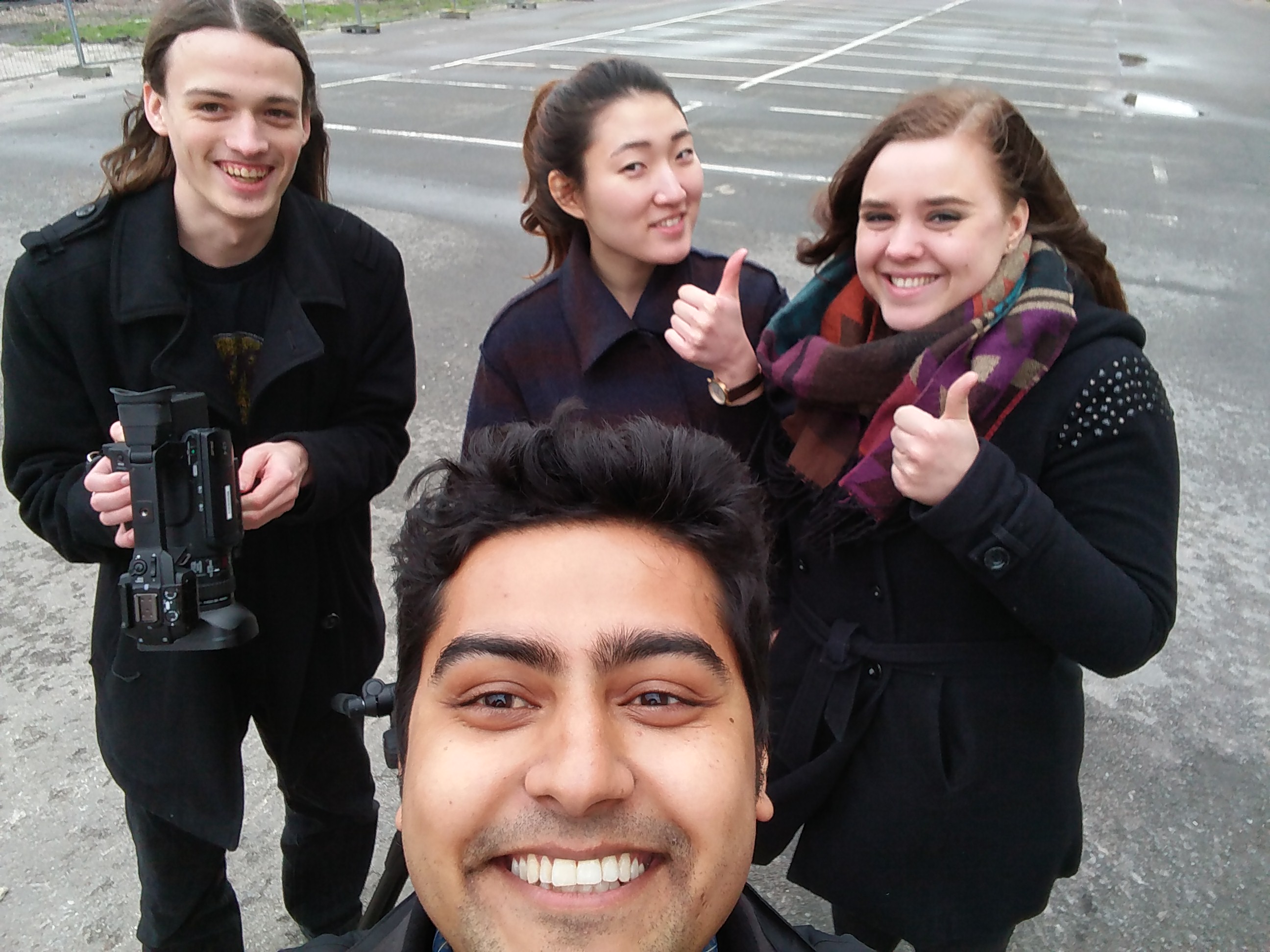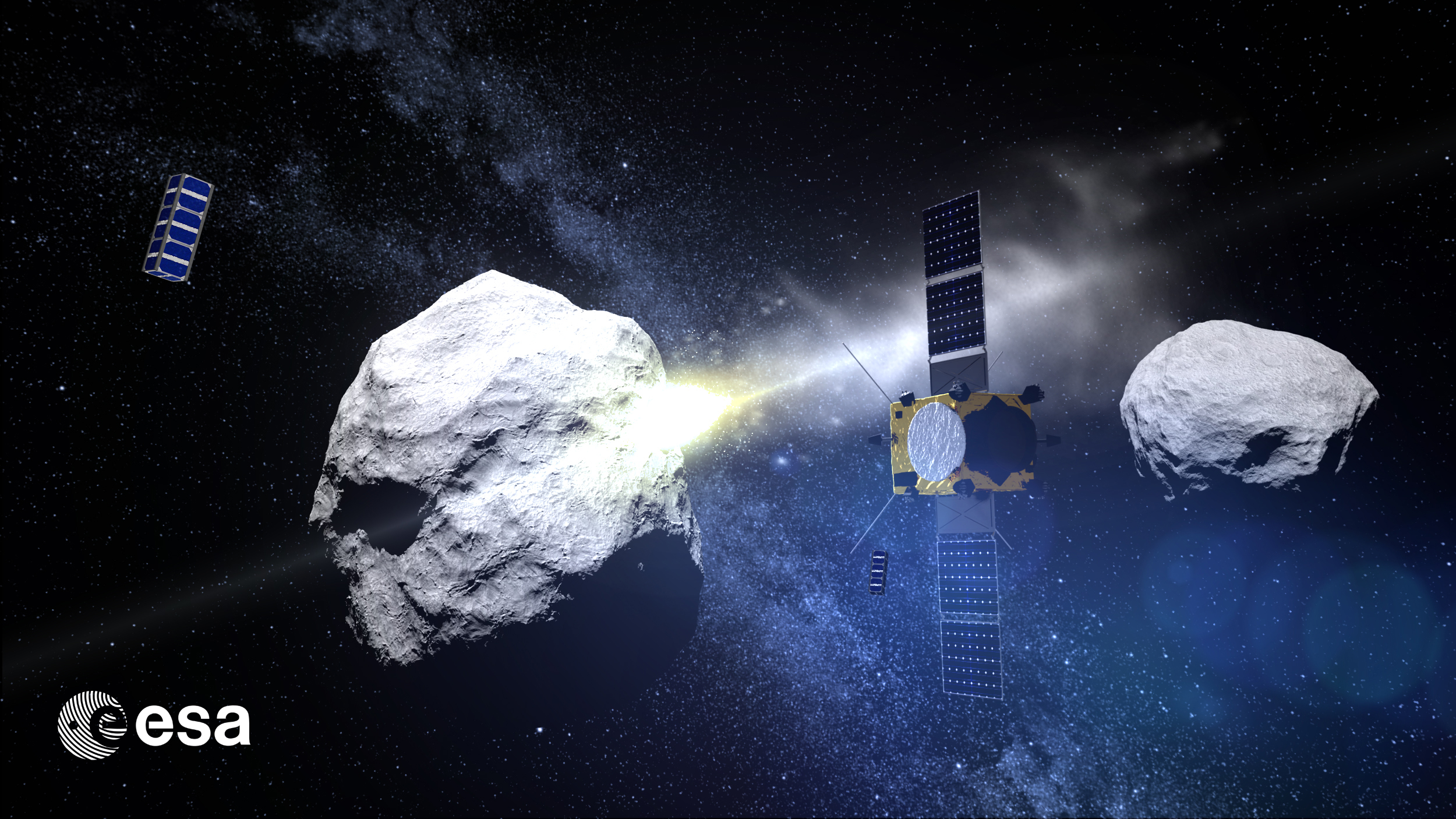Big Step ahead to the Space Challenge
Big Change 😮 (Uh,oh…) → 😀 (Yay)
Spring has come already!
Leading you straight to the news, we made a big change on our game. Last 3 weeks (the 3rd Sprint) was about finding a better/best solution (genre) for the game and researching on other mediums as a suggestion, to promote our game the best way.
When it comes to game, beforehand, we were going for ‘mini-game’ as the main structure of our game, since our research was focused on playful and fast/short-pace game to encourage our target user play the game as much as possible. However, it turned out that it was not the best solution to create ‘long-term’ engagement to the space mission.
Tycoon game
A ‘tycoon’ is one of the game genres, which is the best viable option for our client ESA because it triggers the long-term engagement we seek, it can incorporate a story and/or quests and the player is being rewarded for coming back. Thus, our game goes, as the player establishes a space centre to perform a series of missions in order to lead the space centre to perform the AIM mission.
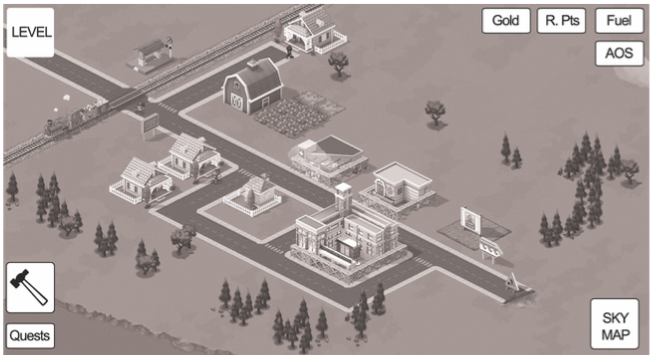
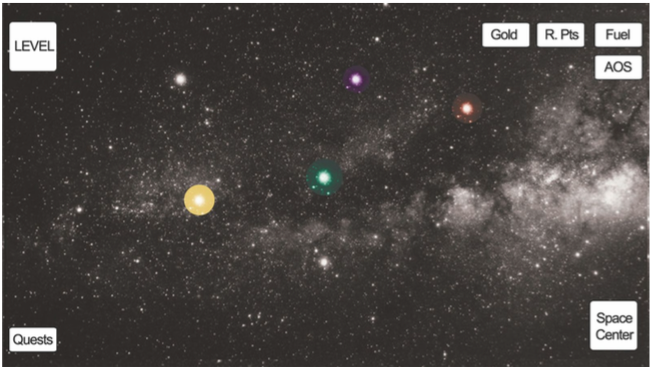
Other mediums
We’ve looked into other mediums to deliver our game with the best way. For example, screen media such as film, animation and exhibition.
–Film & Animation
Researching on film and animation, we found out that ESA has a lot of experience with creating informative but beautiful (and also sometimes) fun videos to watch. They have a YouTube channel which we used as a source. A pretty successful example are the Short Videos about the Rosetta mission. We could manage to make this as well for AIM. What all the videos had in common was that they trigger emotion, give valuable but yet understandable information and they have beautiful graphics. We made a distinction between live-action and animation videos and designed them both on a mood board (see image). An important conclusion is that a film is not a replacement of the game (which we still see as our main medium) but a proper secondary medium as a marketing tool.
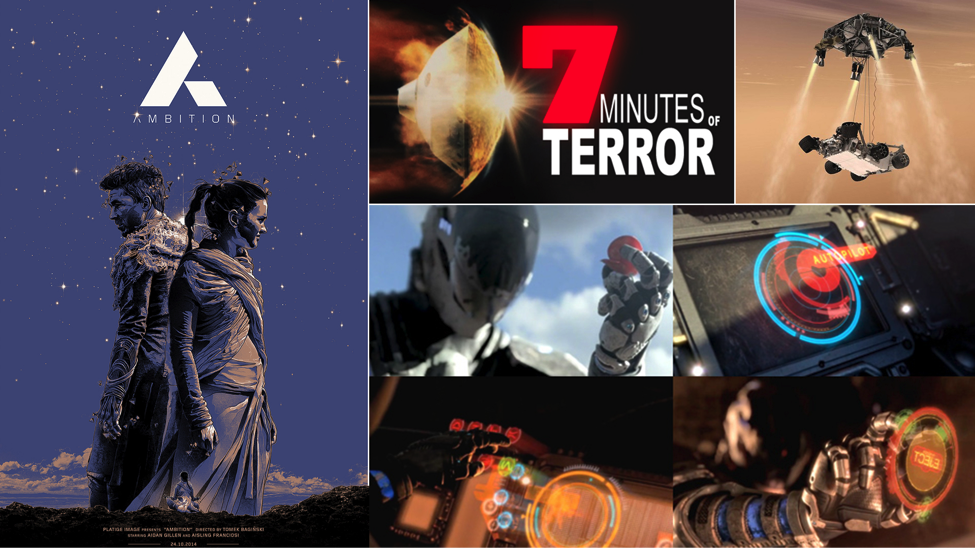
–Exhibition
The advantage of an exhibition as a medium is first-hand experience. It gives you more immersive, and engaging experience than looking at the screen since you walk around in the (surrounding/enclosing) space yourself. To create more playful/ engaging experience, we developed a prototype of interactive-exhibition with game on mobile.
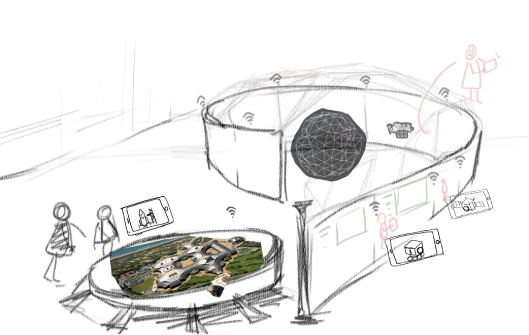
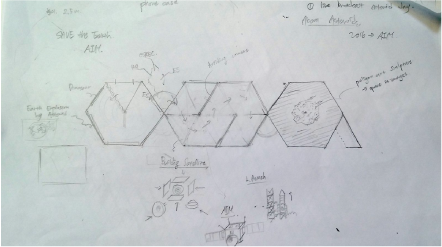
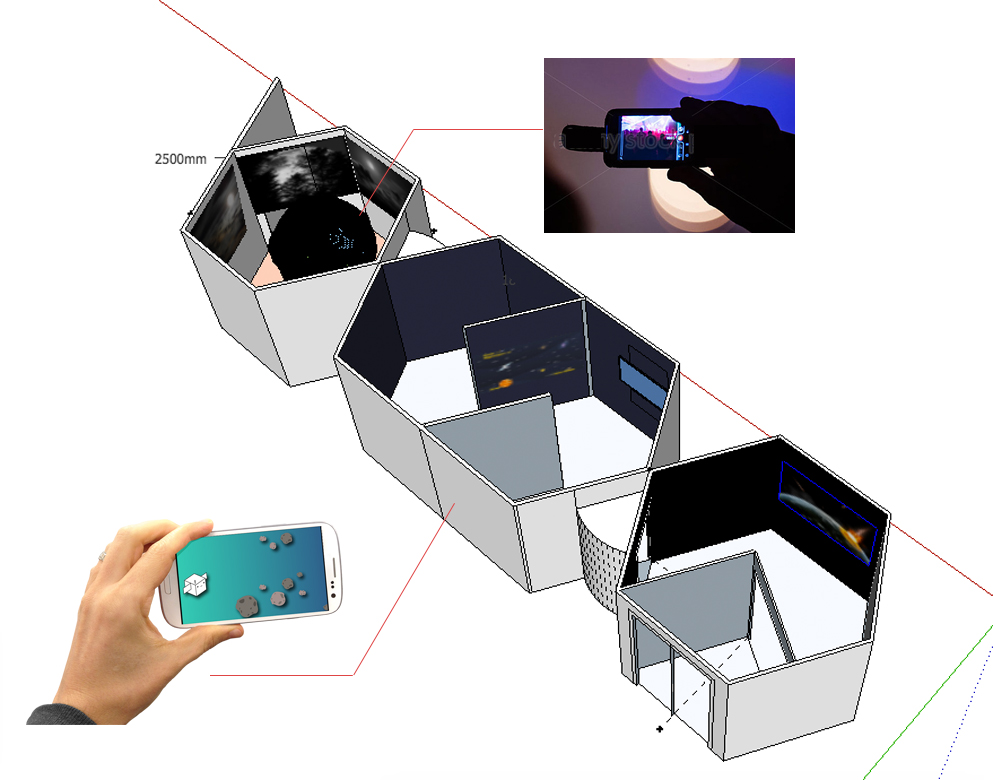
Meeting with ESA
We were excited to let ESA know about our plan and suggestions. It was nice that they liked our new idea and we adjusted/moderated our understands on specific target group. We agreed on our main focus is the game, and we have to make a trailer of the game so we could drag attention of the public (before actual launch of the game). Now we have a much more clear direction on our project, we look forward to the fourth sprint, which will start next week.
Creative Session at ESA
Creative session (brainstorming / writing session) is a design method to get ideas from outside of the team who has different backgrounds. Engineers and Scientists from AIM team took part in the session, and we gained very creative and inspiring ideas.
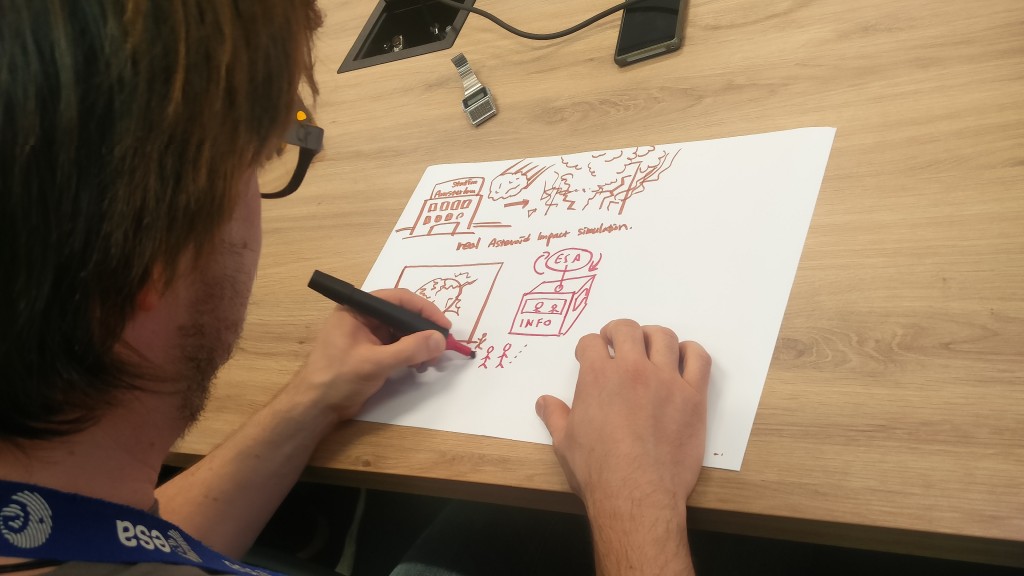
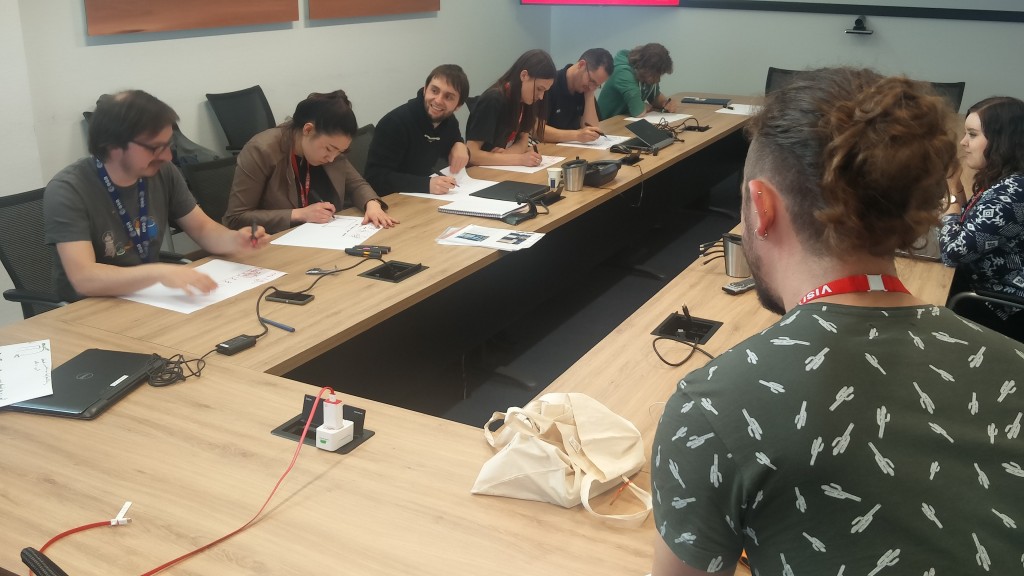
Next Sprint Plan
Now we got a clear idea of game and direction of our project, we are going to get started on developing actual assets of the game. (Framework, Story, Graphics, Game Design Document) We will develop prototypes and test them with our target group, so we can get closer to our goal. I’ll keep you posted within our next sprint!
